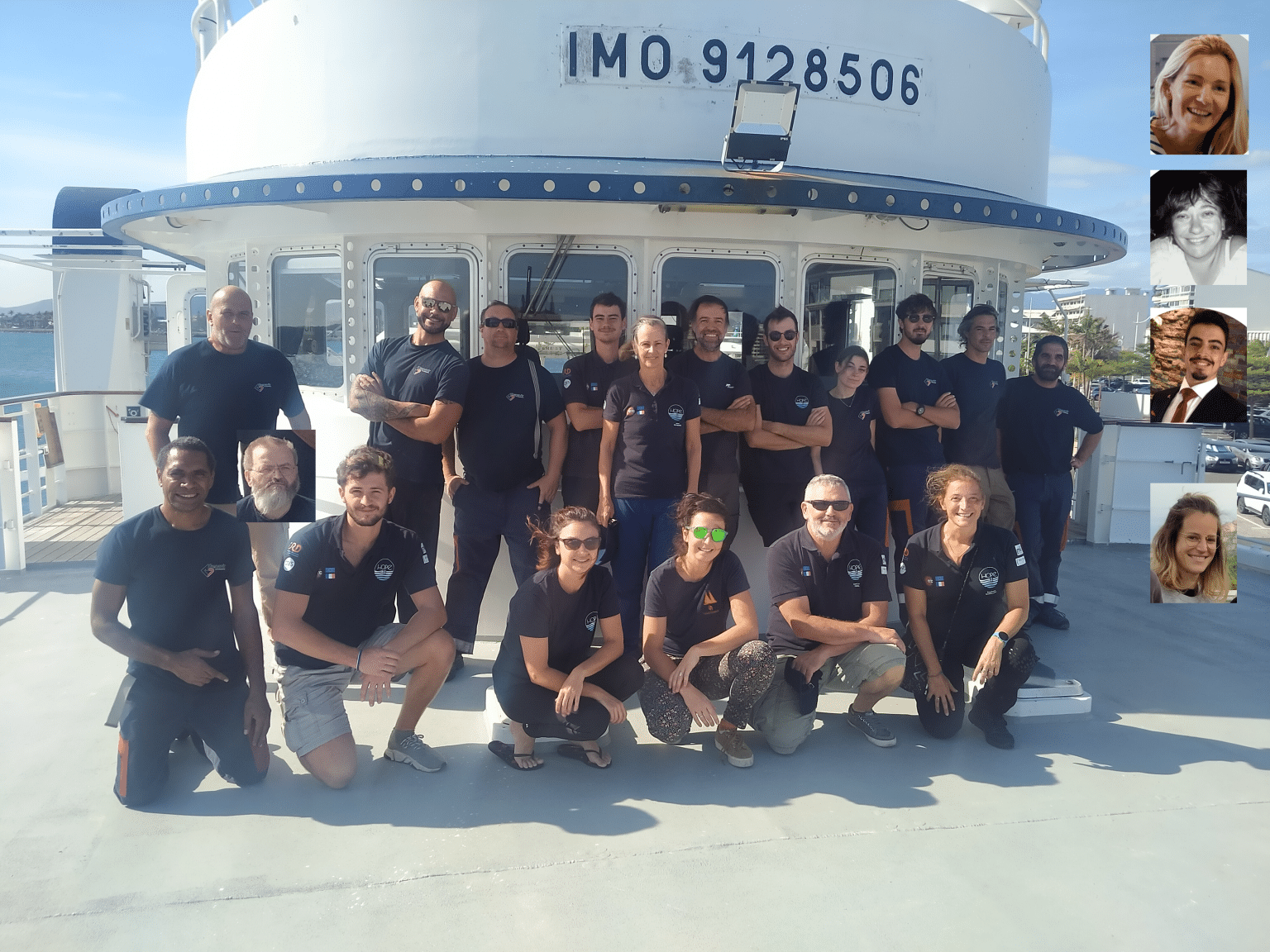HOPE-VV - How do physical processes contribute to carbon storage?
PI : Anne Petrenko
In addition to the gravitational sedimentation of CO, physical mechanisms also transport suspended particles and particles that sink to depth. These include several processes acting on different spatial and temporal scales.
However, unlike the horizontal components of 3D ocean currents, which are generally well known, their vertical components (vertical velocities, VVs) remain largely uncharacterised, even though they influence the transfer of carbon from the surface to the deep ocean. Direct in situ measurement of VVs is currently one of the greatest challenges facing physical oceanography.
To fill this knowledge gap, our physics team has recently developed innovative technologies for directly measuring VV in situ.
As part of the HOPE-VV project, we propose to deploy and apply these new methods to add a physical component to the HOPE biogeochemical project.
The Website

Scientific objectives
The ambition of the HOPE-VV project is to take advantage of these recent methodological and technological developments to add a physical component to the HOPE project, which only considers the biogeochemical processes leading to the export of CO to the deep ocean. The scientific objectives of the project are :
- To quantify the intensity of VVs and their high-frequency (hourly) temporal variability over several annual cycles at a fixed site, and to determine their contribution to the transfer of OCs to the deep ocean,
- Study the spatial variability of VVs across fine-scale physical structures (e.g. eddy cores and edges, fronts), and estimate how they influence the transport of OC to the deep ocean across such structures.
The HOPE-VV project is funded by AMIDEX





